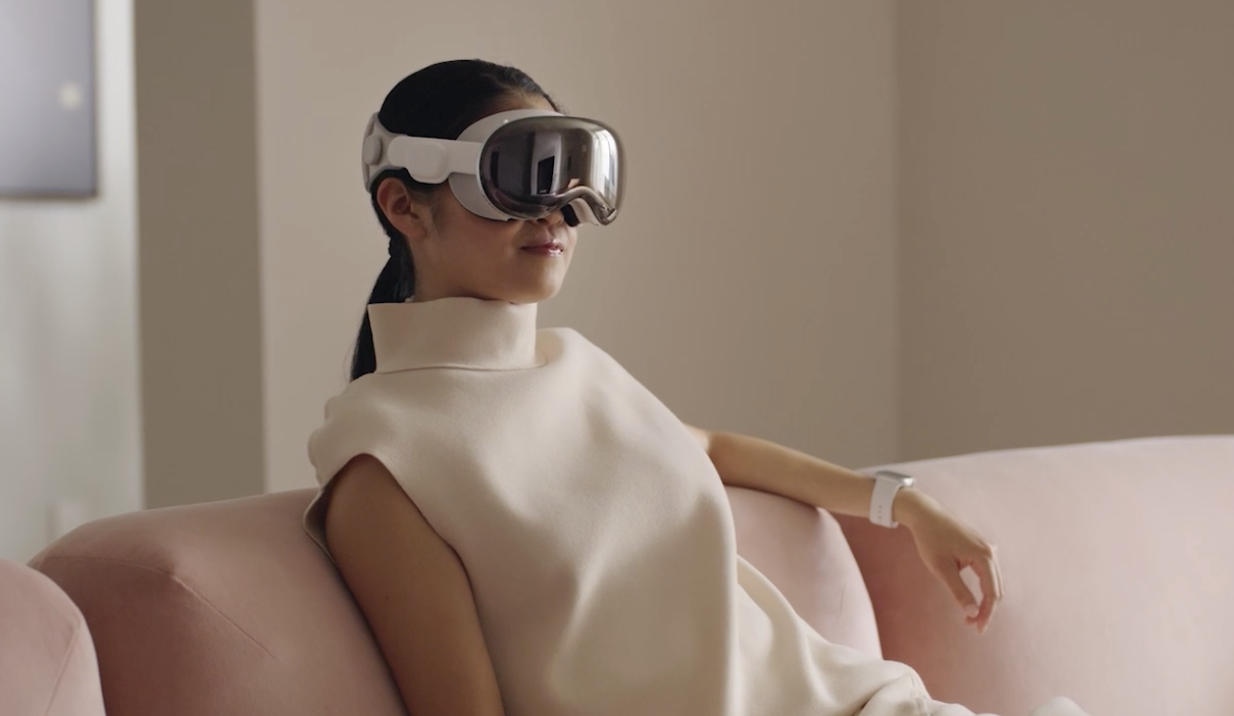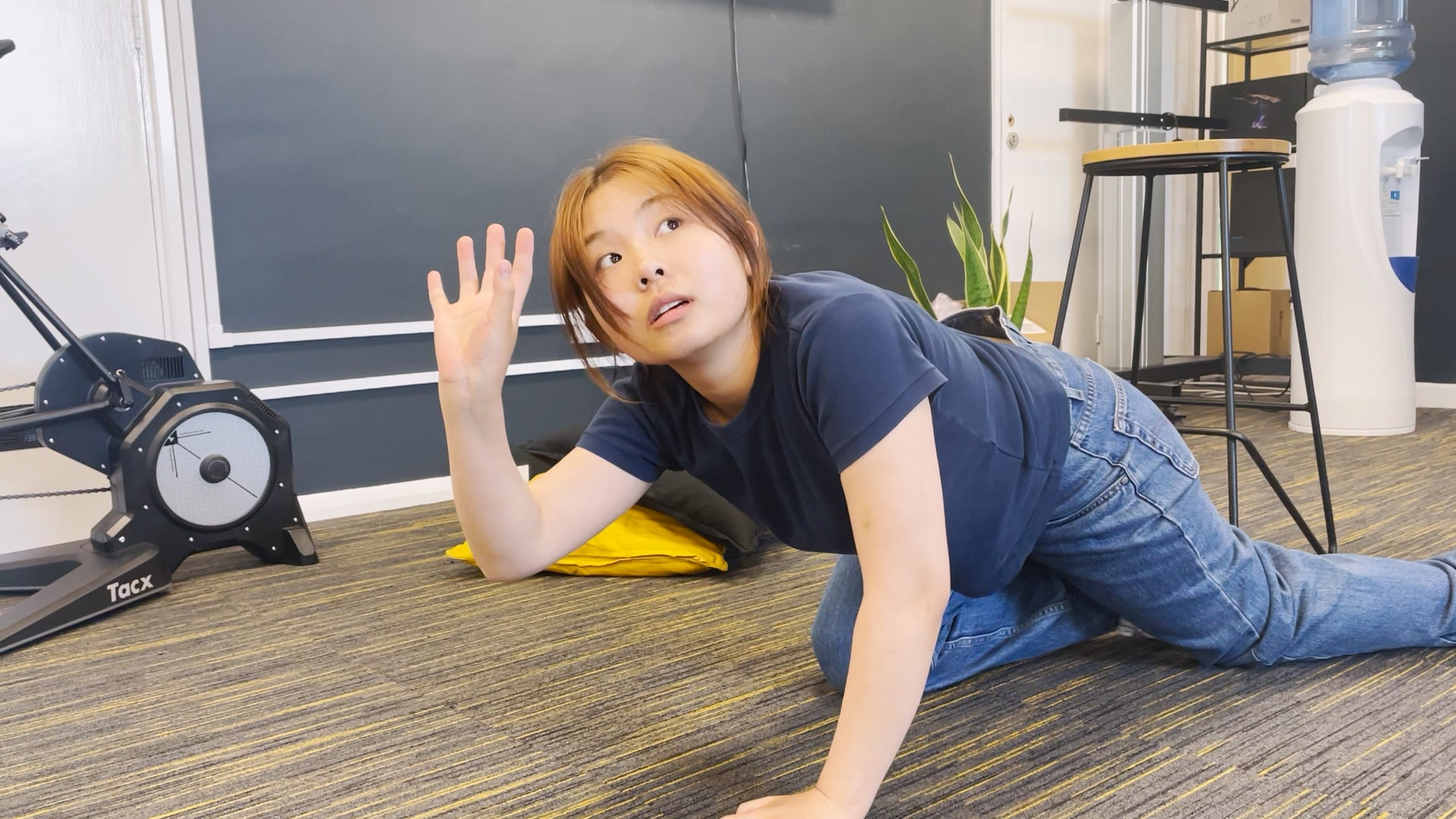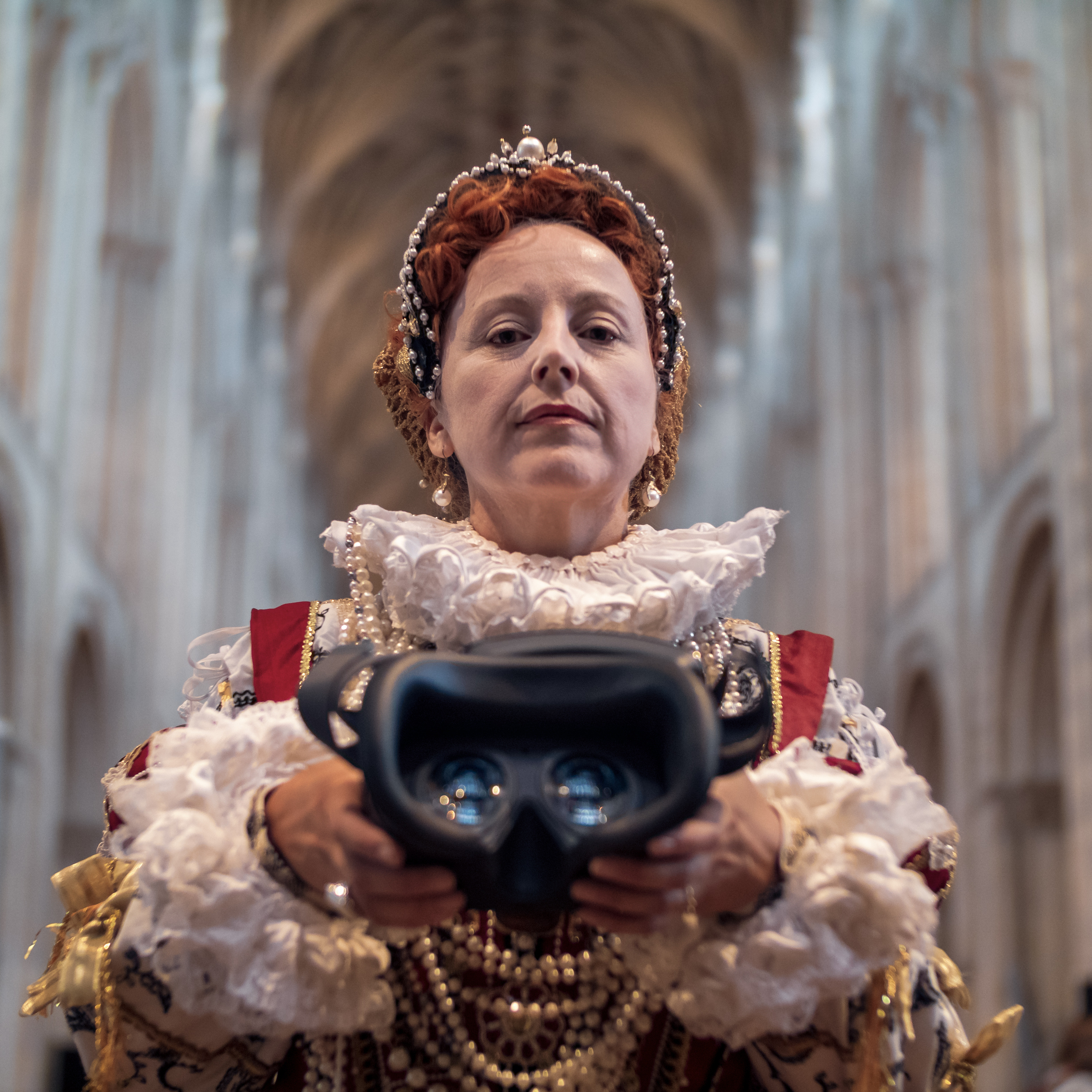Knowledge Base
12th March 2019
VR design principles
Designing for digital applications is generally shaped by a series of core design principles, such as aligning your objects and limiting the number of fonts used, for example. But with virtual reality games and experiences, it’s slightly different. Designing for 3D digital worlds requires a different approach to 2D – not only in terms of style but in ideas too...
The finer details
Screens on VR devices require lenses that allow the user to see the whole screen when it’s so close to your face but these lenses heavily distort the image shown of the screen – meaning design elements can look jagged and pixelated and detail such as fine lines and delicate patterns struggle to render. Therefore antialiasing is critical, especially for pre-rendered 360 experiences, and it’s important to take care with typography – go for something a weight higher than usual and avoid the fine, small fonts. As for menus, buttons and graphics etc, it’s best to go a tad bigger. When your design translates in the 3D world, they will be much clearer and easier to see.
Less is more
Just because you have a 360 sphere, it doesn’t mean you have to use all of it. Consider your visual hierarchy – what will be in your peripheral vision? What’s a comfortable head movement? You don’t want to give your users neck-ache from twisting this way and that to see graphics or copy. Make it easy for users to absorb information or visuals by directing them with leading lines and simple, smaller movements.
Keep it grounded
Infinite space looks good but in VR it can make you feel a bit like you’re floating, which can be disorientating to a user. We always add a hint of a gradient in the world space so when you look or move around, you feel grounded. The slight gradient helps enhance the 3D feeling, and therefore the feeling of reality. Also – try to avoid using bright white environments as these can be visually fatiguing to the user.
Play around
Like all design projects – have fun. It’s exciting to play around with what’s possible when your canvas is 3D and it’s always beneficial to experiment within the actual world space. We tend to mock up initial ideas in Photoshop and then play with them in Unity – working closely with the developers to nail down what not only looks best, but what works best too.
Think outside the box
So far, these tips apply for pretty much all VR headsets, but it’s worth considering what type of hardware will be used for what type of experience. For instance, are you creating an interactive experience or a linear one? If it’s the latter, is it necessary for a user to be in the headset from the word go, or can they set up using a 2D screen and then sit back and enjoy the experience?
Some of our VR installations and mobile apps start the user journey before the headset goes on to make it more straightforward. On the other hand, more interactive experiences require considerate design so the user can interact with them easily and intuitively.
Compared to traditional 2D media, designing for VR and 360 can be a challenge – you have to strike the right balance between eye-catching and contemporary design, with clarity of use and visual quality. What’s more, user testing for all abilities is key. It can be easy to assume your audience knows more about technology than they do, so testing how easy your user interface is to use is vital. Then, when done well, your 3D world space will always have a big impact on the user – transporting them literally from one world to another.

Before joining Infinite Form, Robin’s freelance career as a director and animator saw him work across music videos, ads, film, theatre and more. Robin became more and more interested in the storytelling potential of immersive media and joined Infinite Form to further explore an exciting new area of creativity. Outside of the office, Robin enjoys climbing, yoga, dance, the arts and generally gets excited by anything a bit weird.
More from the Knowledge Hub
Do you have a message you want to convey? A situation that needs simulating, or an audience that needs reaching? Whatever your challenge – we have the ideas, the experience, and the equipment to help.



